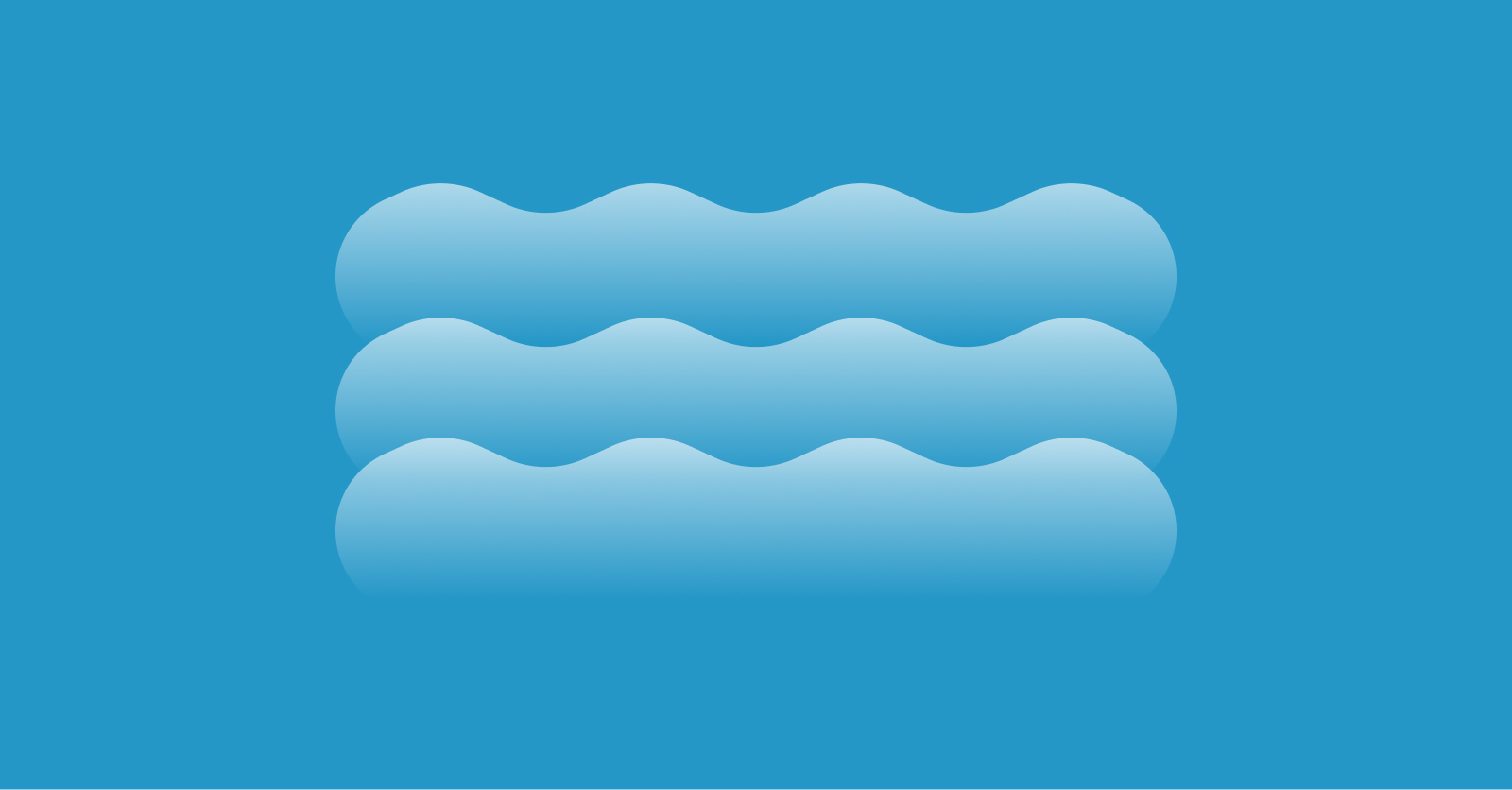“Be Water, My Friend”: On Water and Bruce Lee’s Approach to Living

This post originally appeared in my weekly newsletter, BL&T (Borrowed, Learned, & Thought). Subscribe
Borrowed & Learned
I was first introduced to water as a metaphor for life when I read The Path of Least Resistance by Robert Fritz in 2021. This book had a profound impact on how I think about my goals; first by being honest about what I want, then by designing my life so those results can flow more naturally.
Fritz explains that our lives move much like water does. Water doesn’t choose its path; it follows the shape of the riverbed around it. If you want the water to flow in a different direction, you don’t fight the current. You change the structure of the river itself.
“Energy always moves along the path of least resistance. Water flowing down a mountainside will find its way around obstacles, always seeking the easiest course. The same principle applies to the flow of our lives. The underlying structure of our life determines the path of least resistance available to us.”
So often, we focus on effort - working harder, chasing the next goal, trying to fix things through activity - when the real work is in shaping the system underneath. The structures we build determine how things flow. When those are aligned, progress feels natural. When they’re not, even small things feel forced.
As I’ve come up against various challenges and changes in life and at Barrel, returning to this concept has helped me stay centered. It’s reminded me that I have the power to create change if I’m willing to look beyond the surface and see where the system itself may be off. Revisiting my writing on Fritz's core concepts has been a useful way to reconnect with that.
I’m sharing this idea of water because it’s been on my mind again lately, but from a new lens.
I’m nearly finished reading Be Water, My Friend by Shannon Lee, Bruce Lee’s daughter. While he passed when Shannon was just four years old and never published a book of his own, he wrote and reflected constantly, leaving behind a library of resources for his family to uncover and understand the ideas that guided his life. Shannon describes her father as a philosopher:
“When we think of a philosopher, we typically think of someone who is scholarly, published, or who may give inspirational and educational talks. We don’t think of an action movie star. But my father was much more than that, as you will come to find out, through the way he lived his life and the words he left behind.”
As a father myself, I found this especially moving. What I’ve loved about this book is how it brings together so many ideas I’ve explored elsewhere but through a single, simple metaphor: water. It’s a book that feels both new and familiar at the same time.
The story of Bruce's relationship with water starts as a teenager while studying wing chun gung fu (kung fu) in Hong Kong with his sifu (or teacher), a man by the name of Yip Man, who saw both his talent and his fiery nature. Bruce was passionate, ambitious, and quick to frustration. Yip Man often reminded him to soften, to relax, to work with the natural flow of things. One day, after watching Bruce’s intensity take over his training, Yip Man told him, “Never assert yourself against nature. Never be in frontal opposition to any problem, but control it by swinging with it.” Then he asked him to stop practicing for a week and reflect.
Frustrated, Bruce took a small boat out onto Hong Kong harbor. He sat with his thoughts, trying to understand his teacher’s lesson. Then, in a burst of anger, he struck the water.
“Had not this water just now illustrated to me the principle of gung fu? I struck it but it did not suffer hurt. Again, I struck it with all my might—yet it was not wounded. I then tried to grasp a handful of it but this proved impossible. This water, the softest substance in the world, which could be contained in the smallest jar, only seemed weak. In reality, it could penetrate the hardest substances in the world. That was it! I wanted to be like the nature of water.”
From that moment, water became his teacher. It could be soft and pliable, yet unstoppable. It could adapt to any form while still remaining what it was.
Shannon expands on this idea by describing water as something that not only moves around obstacles but reveals the system it moves through. She uses the image of a ceiling leak. You can patch the hole, but if you don’t fix the structure above, the water will always find another path. The flow exposes the design.
“Water is so vitally alive, so in tune with its environment, that it is ready to change at any time. It can be any color, any temperature, any shape… It is true to its nature, but it is also in a constant state of change. To be like water, then, is to embody that same flexibility and awareness.”
And later:
“At its essence, water flows. It finds its way around (or even through) obstacles. Water is present to its circumstances and surroundings and therefore ready to move in any direction that allows it passage… That openness and pliability means it is in a constant state of readiness, but a natural readiness because it is simply being wholly itself.”
I’ve been listening to this book on weekend long runs that are 10+ miles. It’s been a good companion on what can often be a meditative experience, especially surrounded by nature. I remember listening to Shannon describe her father’s relationship with water for the first time, the idea that we can be soft and pliable yet strong and ready. It landed deeply for me, and my mind began to wander, so I paused the audio and let it sit, running in silence.
I can’t recreate the same experience I had listening, so instead, I’ll leave you with Bruce Lee’s own words and hope they land for you, too.
“Empty your mind, be formless, shapeless, like water. You put water into a cup, it becomes the cup. You put water into a bottle, it becomes the bottle. You put it in a teapot, it becomes the teapot. Water can flow or it can crash. Be water, my friend.”
Thought
If the outcomes in my life reflect the shape of its structure, what might need to change beneath the surface?








